Home>Furniture & Design>Bathroom Accessories>How Many Gallons Of Water Does A Normal Bathtub Hold
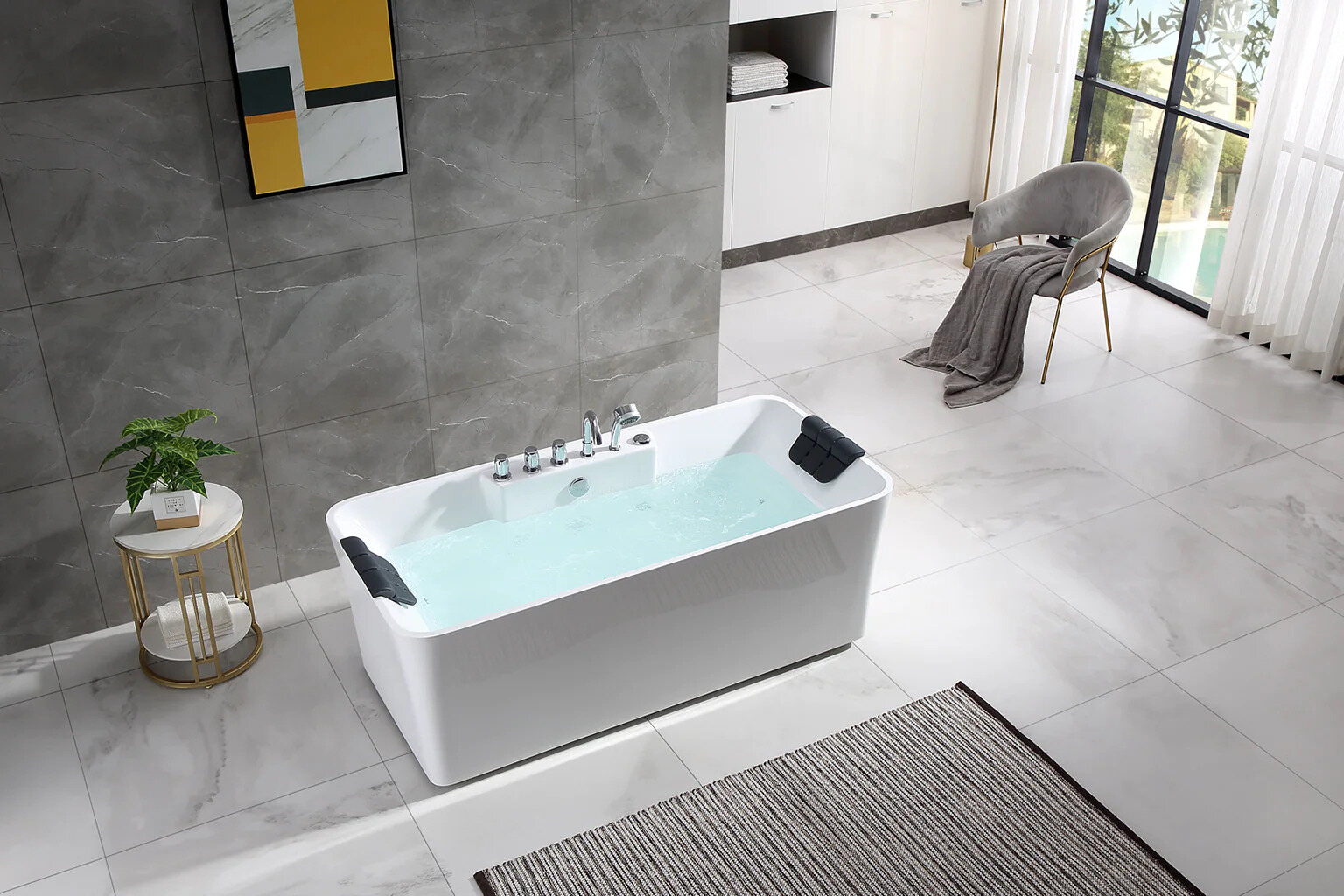

Bathroom Accessories
How Many Gallons Of Water Does A Normal Bathtub Hold
Modified: April 22, 2024
Discover the ideal water capacity for your bathroom with our guide on how many gallons of water a standard bathtub can hold. Find out more about bathroom accessories and water usage.
(Many of the links in this article redirect to a specific reviewed product. Your purchase of these products through affiliate links helps to generate commission for Storables.com, at no extra cost. Learn more)
Introduction
When it comes to unwinding after a long day or simply indulging in a relaxing soak, the bathtub serves as a sanctuary within the home. Whether you prefer a quick, invigorating shower or a leisurely soak in the tub, understanding the water capacity of a standard bathtub is essential. This knowledge not only ensures an enjoyable bathing experience but also aids in water conservation efforts.
In this comprehensive guide, we will delve into the fascinating world of bathtub water capacity. From the standard sizes of bathtubs to the factors influencing their water-holding capabilities, we will explore everything you need to know to make the most of your bathing rituals. Additionally, we will provide valuable tips for conserving water without compromising on the pleasure of a luxurious bath.
So, if you've ever wondered how many gallons of water a typical bathtub can hold or how to optimize your water usage, you're in the right place. Let's embark on this enlightening journey to uncover the secrets of bathtub water capacity and discover practical ways to elevate your bathing experience while being mindful of water conservation.
Key Takeaways:
- Know your tub: Different types of bathtubs hold different amounts of water, ranging from 40 to 60 gallons. Understanding your tub’s capacity helps you enjoy a relaxing soak while conserving water.
- Save water, enjoy your bath: Simple tips like adjusting water levels, using low-flow faucets, and reusing bathwater can help you conserve water without sacrificing a luxurious bathing experience.
Standard Bathtub Sizes
When it comes to selecting a bathtub, understanding the standard sizes available in the market is crucial. This knowledge not only helps in determining the right fit for your bathroom but also provides insights into the water capacity of different tubs. Standard bathtubs come in various dimensions, catering to diverse preferences and spatial constraints. Here are the common bathtub sizes you might encounter:
-
Alcove Bathtubs: These are designed to fit into a three-wall recess and are typically 60 inches in length and 30 to 32 inches in width. The standard depth ranges from 14 to 20 inches, offering a comfortable bathing experience.
-
Drop-In Bathtubs: Known for their versatility, drop-in bathtubs are installed into a deck or custom surround. They come in various sizes, with the most common dimensions being 60 inches in length, 32 inches in width, and a depth of 18 inches.
-
Freestanding Bathtubs: These elegant tubs stand alone and are not confined by walls. Freestanding bathtubs vary widely in size, with lengths ranging from 55 to 72 inches, widths from 28 to 42 inches, and depths from 24 to 36 inches, offering ample space for a luxurious soak.
-
Corner Bathtubs: Ideal for optimizing space, corner bathtubs are designed to fit snugly into a corner. They typically measure 48 to 60 inches on each side, with a depth of 14 to 20 inches, making them a practical and stylish choice for smaller bathrooms.
-
Oval Bathtubs: These tubs boast a unique shape, providing a modern and luxurious bathing experience. Oval bathtubs generally measure around 60 inches in length, 41 inches in width, and have a depth of 21 inches, offering a spacious and inviting bathing area.
Understanding the standard sizes of bathtubs is essential for making informed decisions when renovating or selecting a new bathtub. Whether you prioritize space, style, or functionality, the diverse range of standard bathtub sizes ensures that there's a perfect fit for every bathroom, catering to various preferences and spatial constraints.
Average Water Capacity of a Bathtub
The average water capacity of a bathtub is a key consideration for anyone looking to enjoy a relaxing soak. Understanding the amount of water a standard bathtub can hold is essential for optimizing the bathing experience and conserving water. The water capacity of a bathtub is primarily determined by its size and depth. Typically, a standard bathtub can hold between 40 to 60 gallons of water when filled to the brim. However, it's important to note that this capacity can vary based on the specific dimensions and design of the tub.
For instance, a smaller alcove bathtub, which is commonly found in many homes, may hold around 40 to 50 gallons of water. On the other hand, larger freestanding or oval bathtubs have the potential to accommodate 60 gallons or more. The depth of the bathtub also plays a significant role in determining its water capacity. Deeper tubs have the ability to hold more water, allowing for a more immersive and indulgent bathing experience.
It's worth noting that while the average water capacity provides a general guideline, individual bathtub models may deviate from these standard figures. Therefore, it's advisable to consult the product specifications provided by the manufacturer to obtain precise information regarding water capacity. Additionally, factors such as the slope of the tub, the presence of built-in seats, and the shape of the tub can influence its water-holding capabilities.
Ultimately, understanding the average water capacity of a bathtub empowers individuals to make informed decisions when selecting a tub that aligns with their preferences and lifestyle. Whether it's a compact alcove bathtub or a luxurious freestanding tub, knowing the water capacity allows for a personalized bathing experience while being mindful of water usage.
A standard bathtub holds about 42 gallons of water when filled to the top. This can vary depending on the size and shape of the tub, so it’s always best to measure to be sure.
Factors Affecting Water Capacity
Several factors play a pivotal role in determining the water capacity of a bathtub. Understanding these influences is essential for making informed decisions when selecting a bathtub and optimizing water usage. Here are the key factors that affect the water capacity of a bathtub:
-
Bathtub Size and Shape: The dimensions and shape of a bathtub significantly impact its water-holding capacity. Larger and deeper tubs have the potential to accommodate more water, providing a more immersive bathing experience. Additionally, the shape of the tub, such as oval or rectangular, can influence the distribution of water, affecting the overall capacity.
-
Depth of the Tub: The depth of the bathtub directly correlates with its water capacity. Deeper tubs have the ability to hold a larger volume of water, allowing for a more luxurious and relaxing bathing experience. Individuals who prioritize a deep soak should consider tubs with greater depth to maximize their bathing comfort.
-
Slope and Design: The slope and design of the bathtub can impact the amount of water it can hold. Tubs with a steeper slope may require less water to reach a comfortable bathing level, while those with a gentler slope may necessitate a higher water volume. Additionally, built-in seats or contours within the tub can affect the distribution and capacity of water.
-
Water Displacement: When a person enters the bathtub, the water level rises due to displacement. This displacement reduces the effective water capacity of the tub. Understanding the impact of water displacement is crucial for gauging the actual amount of water required to achieve the desired bathing depth.
-
Overflow and Drainage System: The presence of an overflow and the efficiency of the drainage system can influence the maximum water capacity of a bathtub. The overflow prevents water from spilling over the edges, while a well-designed drainage system ensures efficient water removal, allowing for a comfortable bathing experience without the risk of overflow.
By considering these factors, individuals can make informed choices when selecting a bathtub that aligns with their preferences and lifestyle. Whether it's a compact alcove bathtub for a small bathroom or a spacious freestanding tub for a luxurious retreat, understanding the influences on water capacity empowers individuals to create a personalized and water-efficient bathing space.
Tips for Conserving Water in the Bathtub
Conserving water in the bathtub is not only environmentally responsible but also contributes to cost savings and sustainable living. By implementing simple yet effective strategies, individuals can enjoy luxurious baths while minimizing water usage. Here are practical tips for conserving water in the bathtub:
-
Opt for a Water-Efficient Bathtub: When selecting a new bathtub, consider models designed for water efficiency. Look for tubs with smaller water capacities or those equipped with features such as a shallower depth or narrower dimensions. Water-efficient bathtubs are specifically designed to provide a satisfying bathing experience while minimizing water consumption.
-
Adjust Water Levels: Instead of filling the bathtub to its maximum capacity, consider adjusting the water level based on personal preference. By filling the tub to a lower level, individuals can still enjoy a relaxing soak while conserving significant amounts of water. This simple adjustment can make a notable difference in overall water usage.
-
Install a Low-Flow Faucet: Upgrading to a low-flow faucet can significantly reduce water consumption during baths. These faucets are designed to deliver a satisfying flow of water while using less volume overall. By installing a low-flow faucet, individuals can enjoy a luxurious bathing experience without compromising on water conservation.
-
Time Your Baths: Being mindful of the duration of baths can contribute to water conservation. Setting a time limit for baths and adhering to it helps in minimizing water usage. By consciously reducing the length of baths, individuals can make a positive impact on water conservation efforts.
-
Reuse Bathwater: Consider reusing bathwater for other purposes, such as watering plants or cleaning outdoor surfaces. This practice not only conserves water but also repurposes it for additional household needs, promoting sustainability and resourcefulness.
-
Plug the Drain Early: Before turning on the water, plug the bathtub drain to prevent water wastage. This simple yet effective step ensures that the water remains in the tub, allowing individuals to adjust the temperature and water level before initiating the bath.
-
Fix Leaks and Dripping Faucets: Addressing leaks and dripping faucets is essential for water conservation. Even minor leaks can result in significant water wastage over time. By promptly repairing any leaks, individuals can contribute to water conservation efforts and reduce their environmental impact.
-
Consider Bathing Alternatives: Exploring bathing alternatives, such as showers or quick rinses, can further minimize water usage. For individuals seeking to conserve water, opting for a shower instead of a bath can significantly reduce overall water consumption.
By incorporating these practical tips into their bathing routines, individuals can enjoy luxurious baths while actively participating in water conservation efforts. These simple yet impactful strategies empower individuals to make a positive difference in preserving this precious resource for future generations.
Read more: How Many Gallons Of Water Is A Bathtub?
Conclusion
In conclusion, the water capacity of a bathtub is a crucial aspect that significantly influences the bathing experience and water conservation efforts. By understanding the standard sizes of bathtubs and the factors affecting their water-holding capabilities, individuals can make informed decisions when selecting a tub that aligns with their preferences and spatial constraints. Whether it's a compact alcove bathtub or a luxurious freestanding tub, the diverse range of standard bathtub sizes ensures that there's a perfect fit for every bathroom, catering to various preferences and spatial constraints.
The average water capacity of a bathtub, typically ranging from 40 to 60 gallons, provides a general guideline for individuals seeking to enjoy a relaxing soak. However, it's important to consider the specific dimensions, depth, and design of the tub to obtain precise information regarding water capacity. Factors such as bathtub size, depth, slope, and water displacement play pivotal roles in determining the actual water-holding capabilities of a tub. By considering these factors, individuals can create a personalized and water-efficient bathing space that meets their needs while promoting sustainability.
Moreover, implementing practical tips for conserving water in the bathtub empowers individuals to enjoy luxurious baths while minimizing water usage. From opting for water-efficient bathtubs to adjusting water levels and installing low-flow faucets, these strategies contribute to environmental responsibility, cost savings, and sustainable living. By incorporating these simple yet effective practices into their bathing routines, individuals can actively participate in water conservation efforts and make a positive impact on the environment.
In essence, the journey to uncover the secrets of bathtub water capacity has provided valuable insights into optimizing the bathing experience while being mindful of water usage. By embracing the knowledge shared in this guide, individuals can elevate their bathing rituals, create a personalized oasis within their homes, and contribute to the collective effort of preserving this precious resource for future generations.
Frequently Asked Questions about How Many Gallons Of Water Does A Normal Bathtub Hold
Was this page helpful?
At Storables.com, we guarantee accurate and reliable information. Our content, validated by Expert Board Contributors, is crafted following stringent Editorial Policies. We're committed to providing you with well-researched, expert-backed insights for all your informational needs.
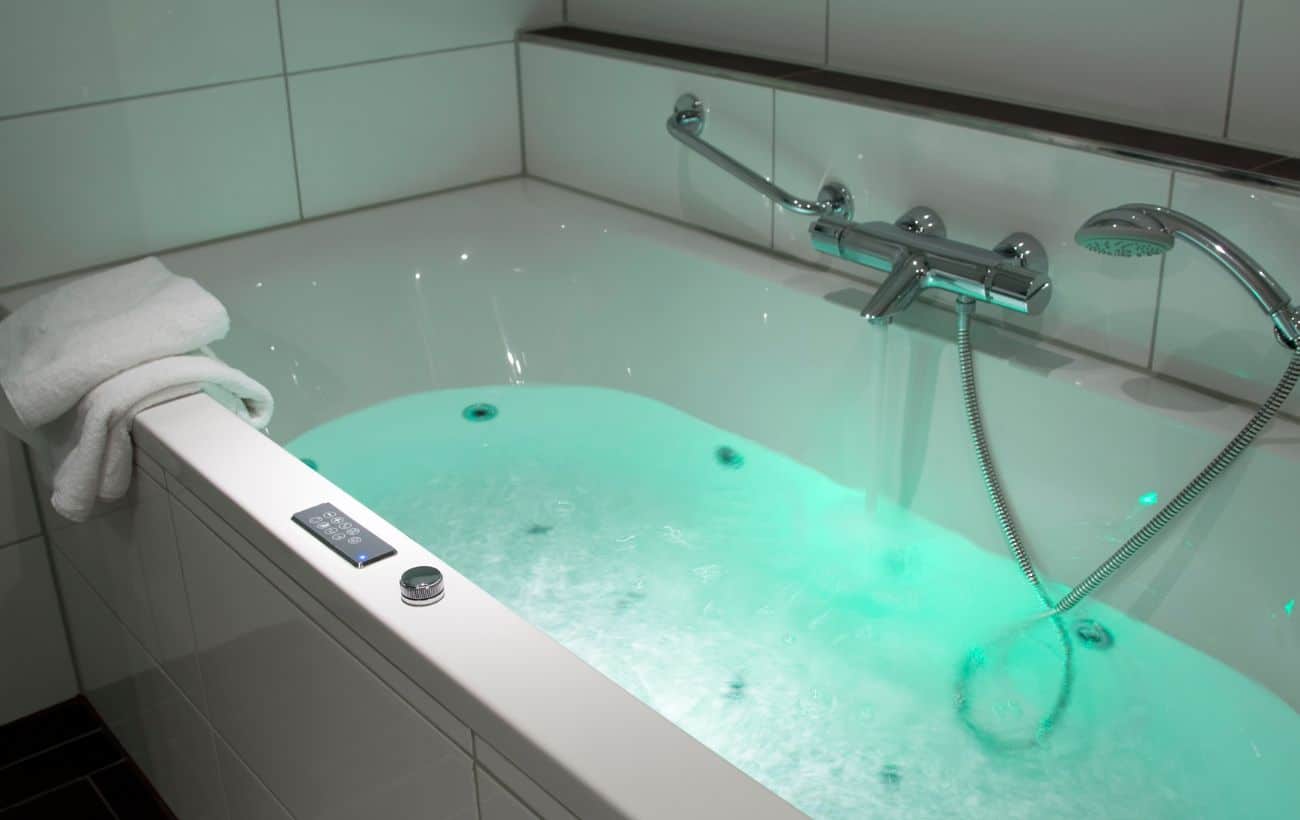
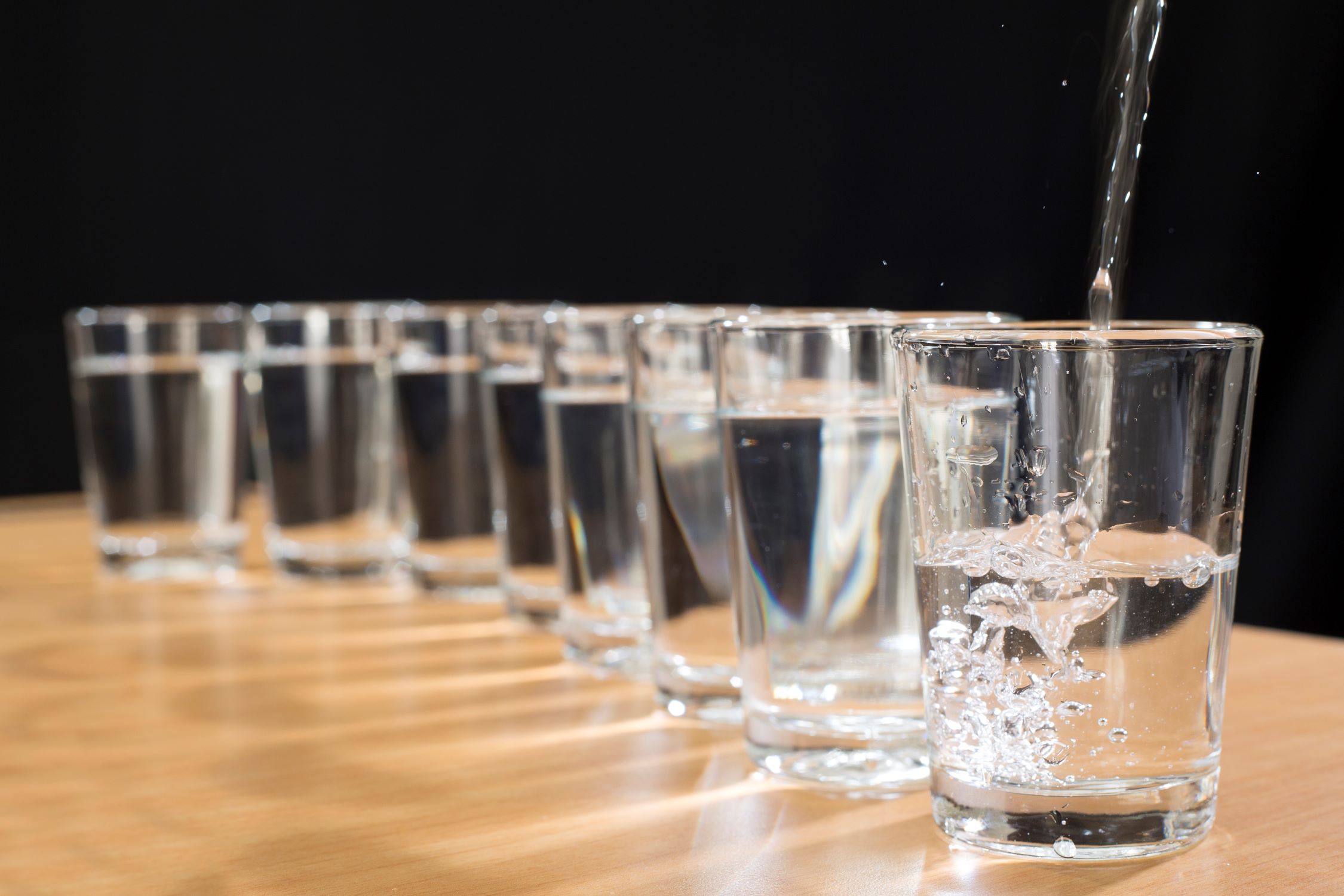
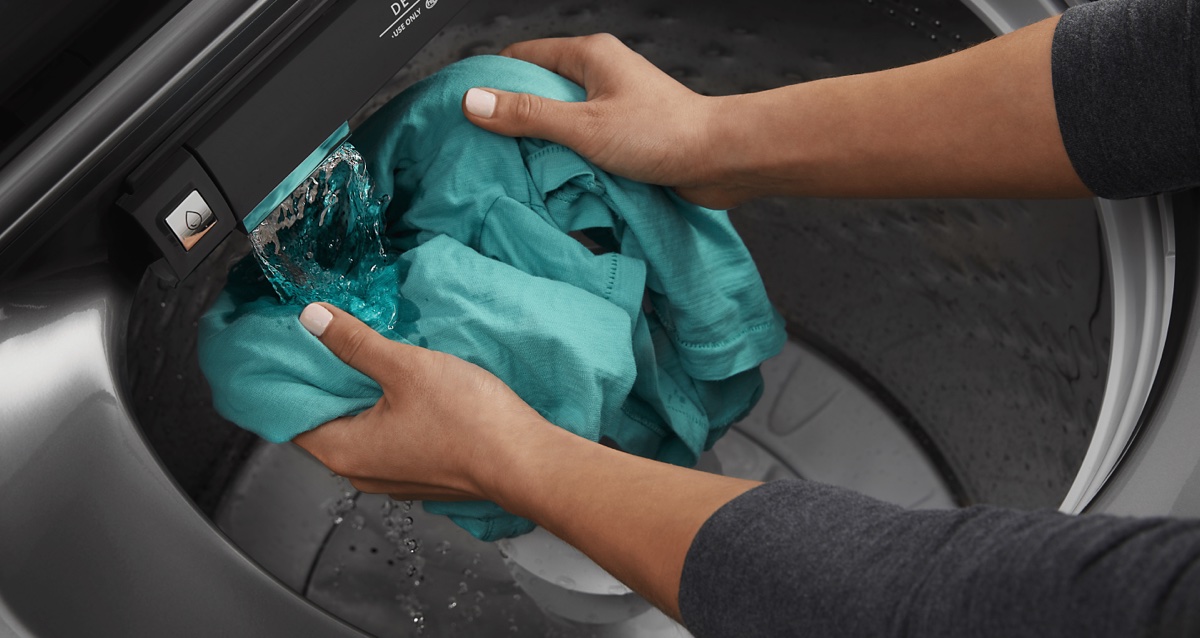
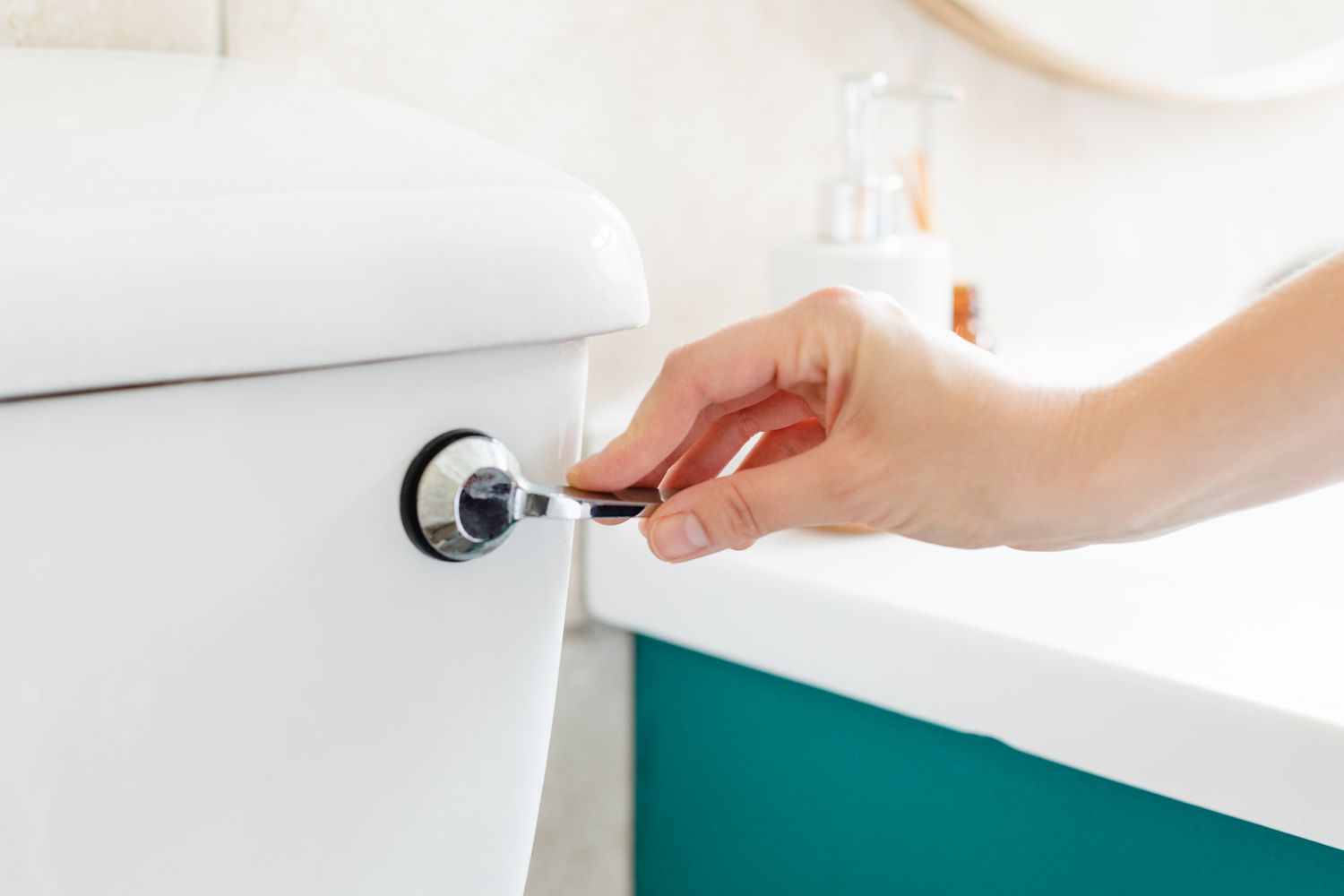
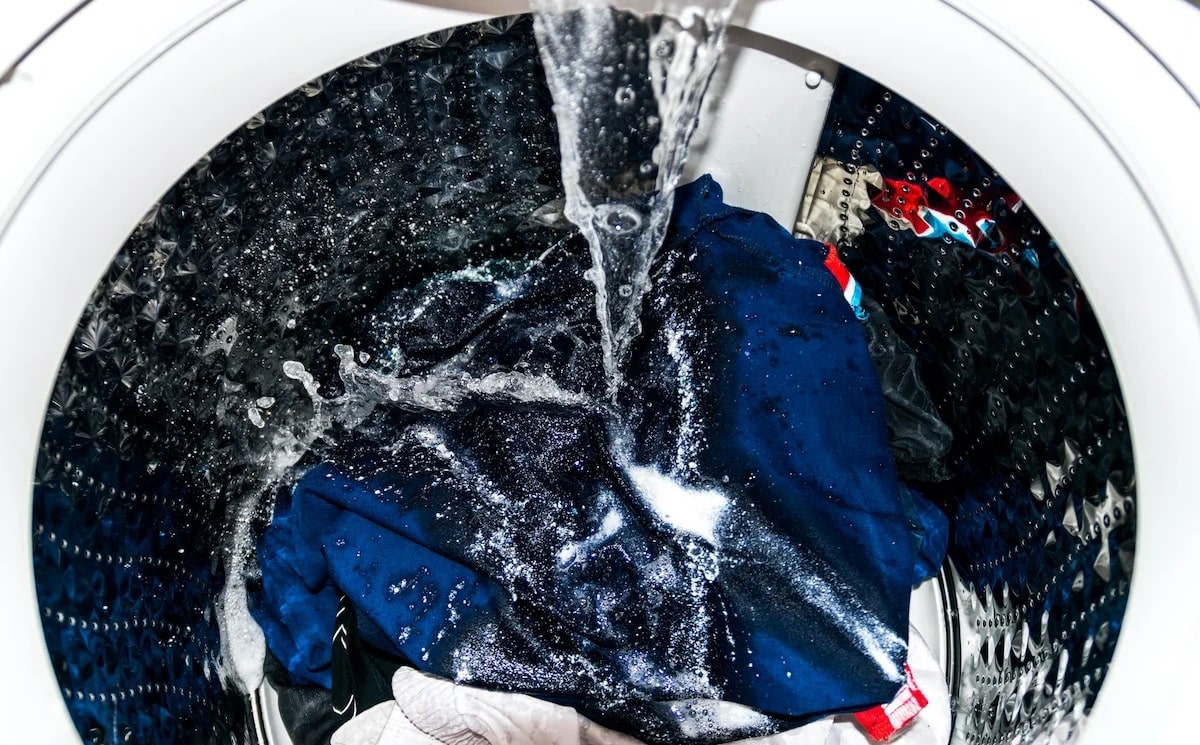
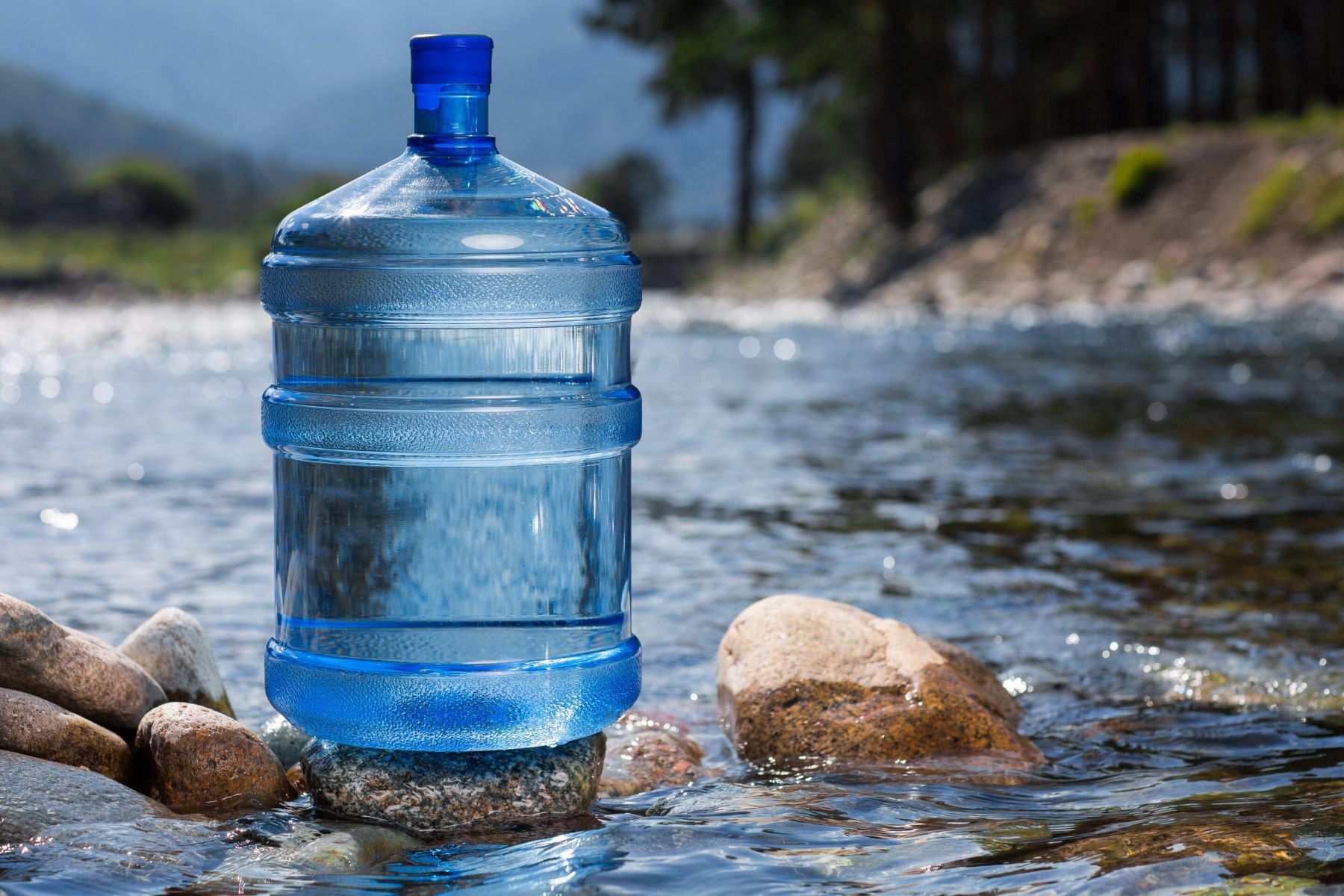
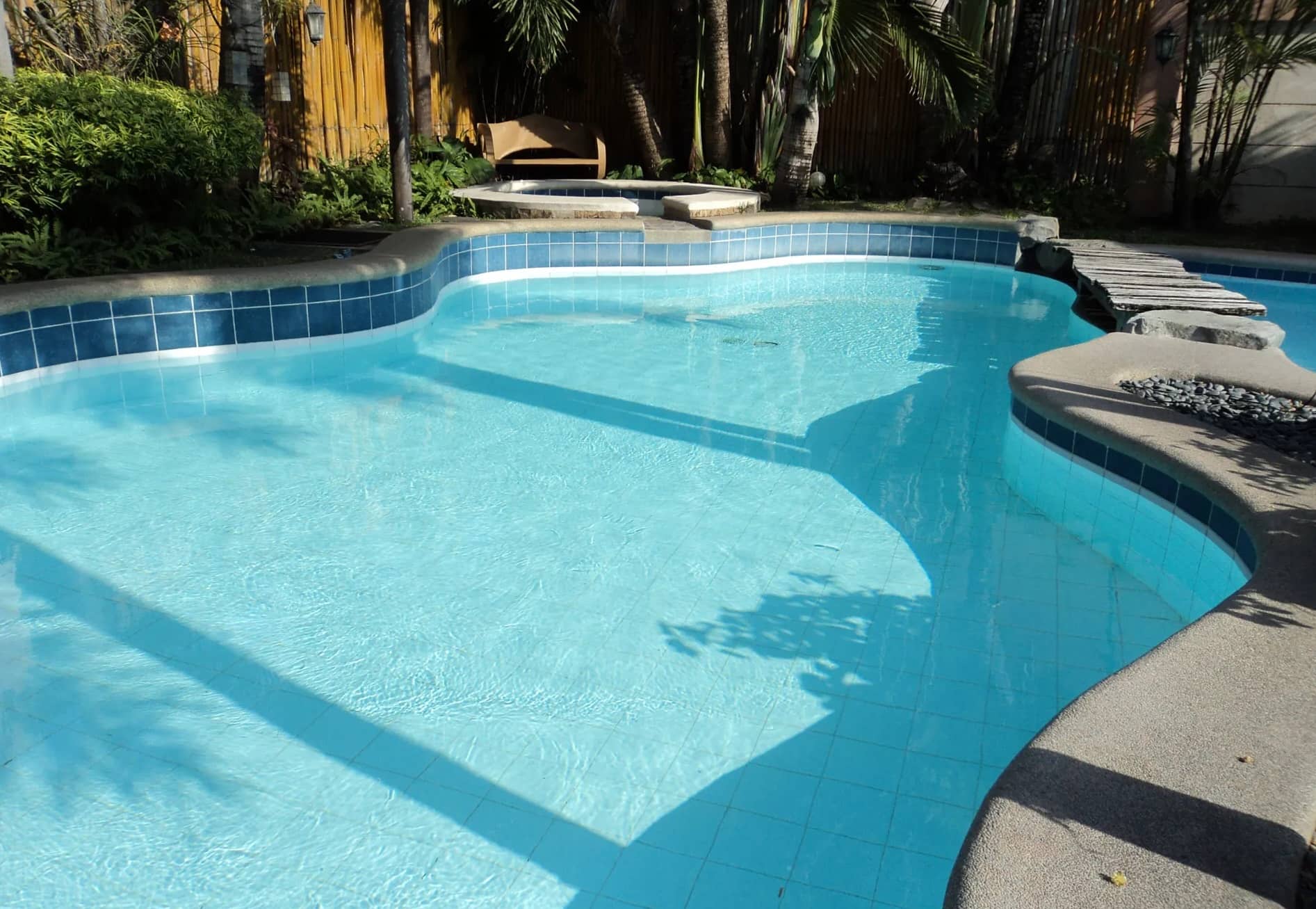
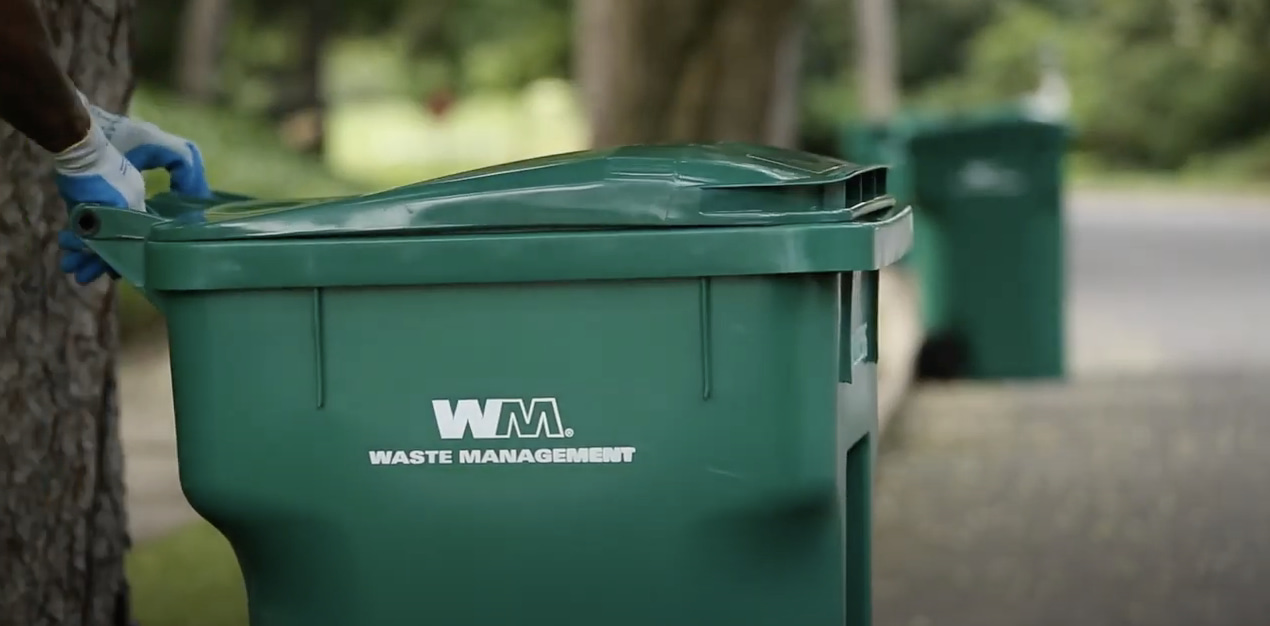
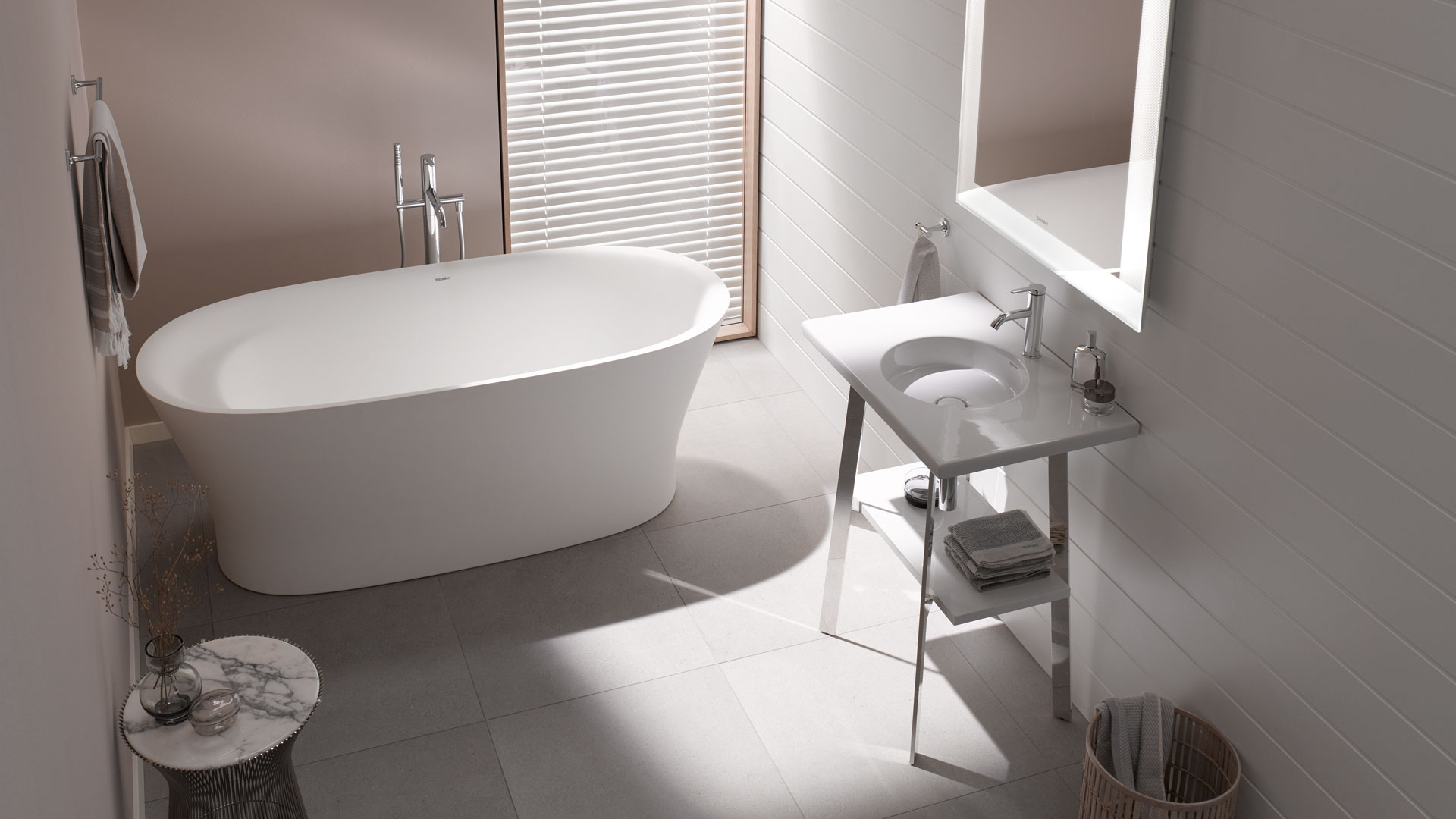
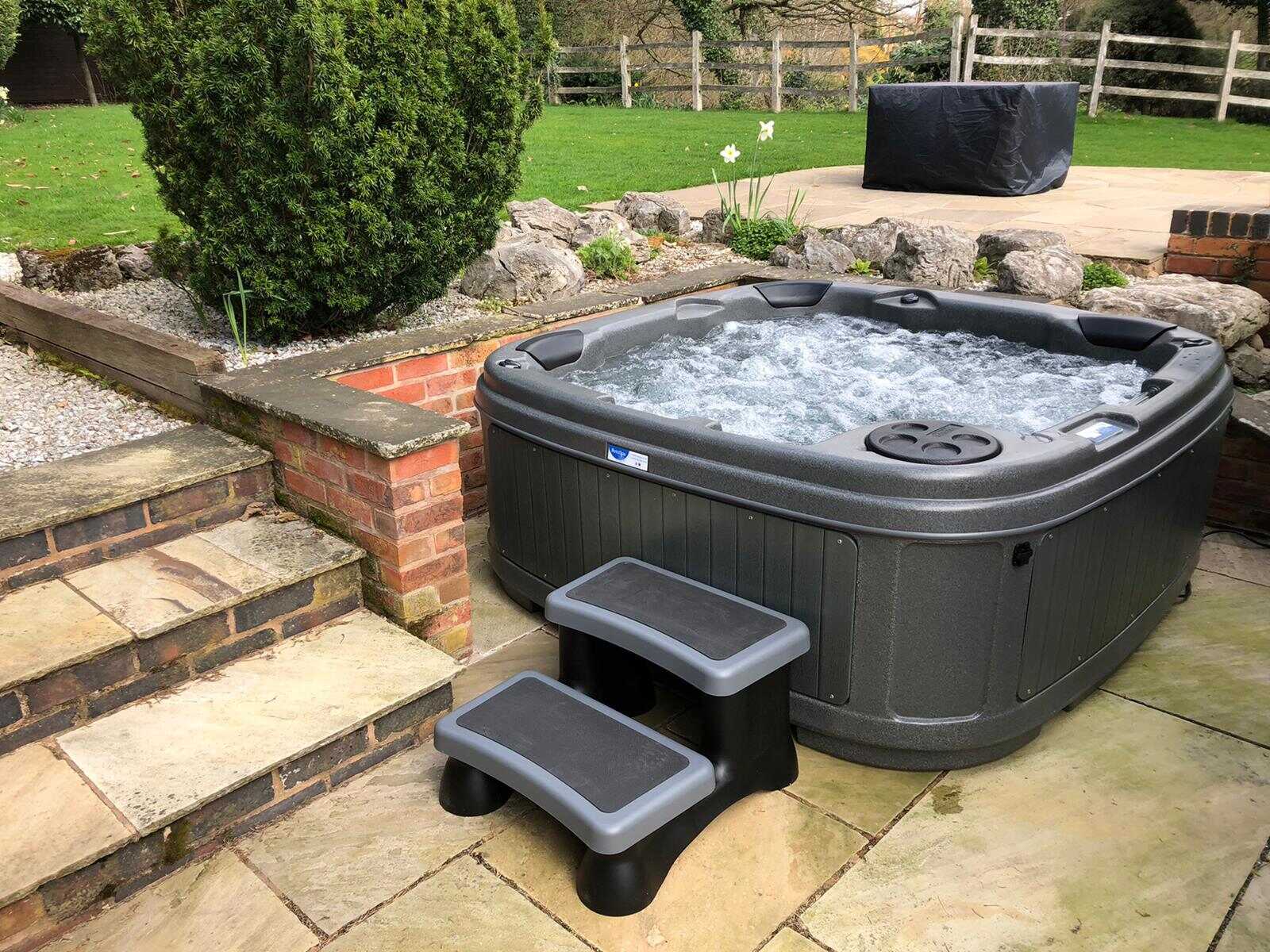
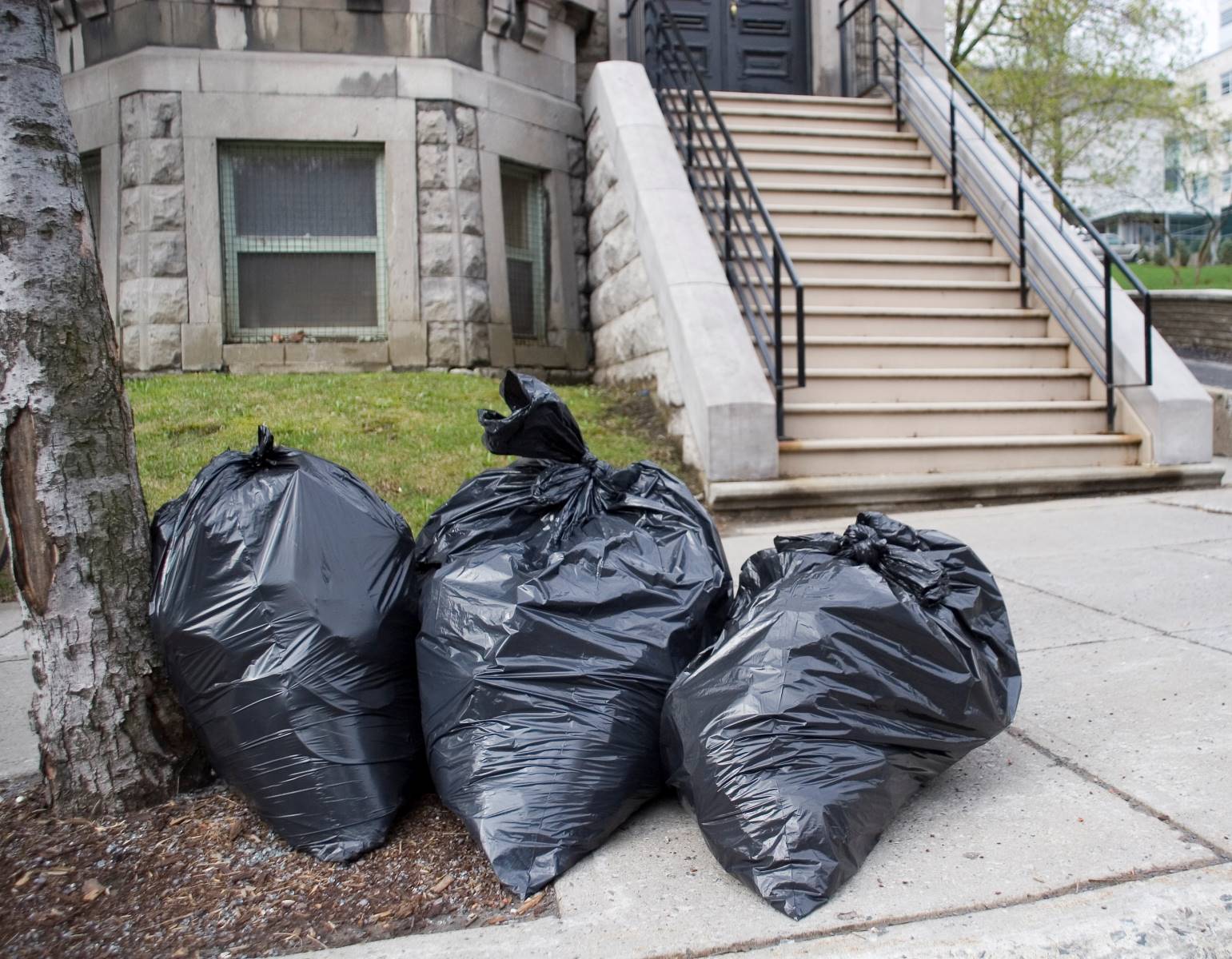
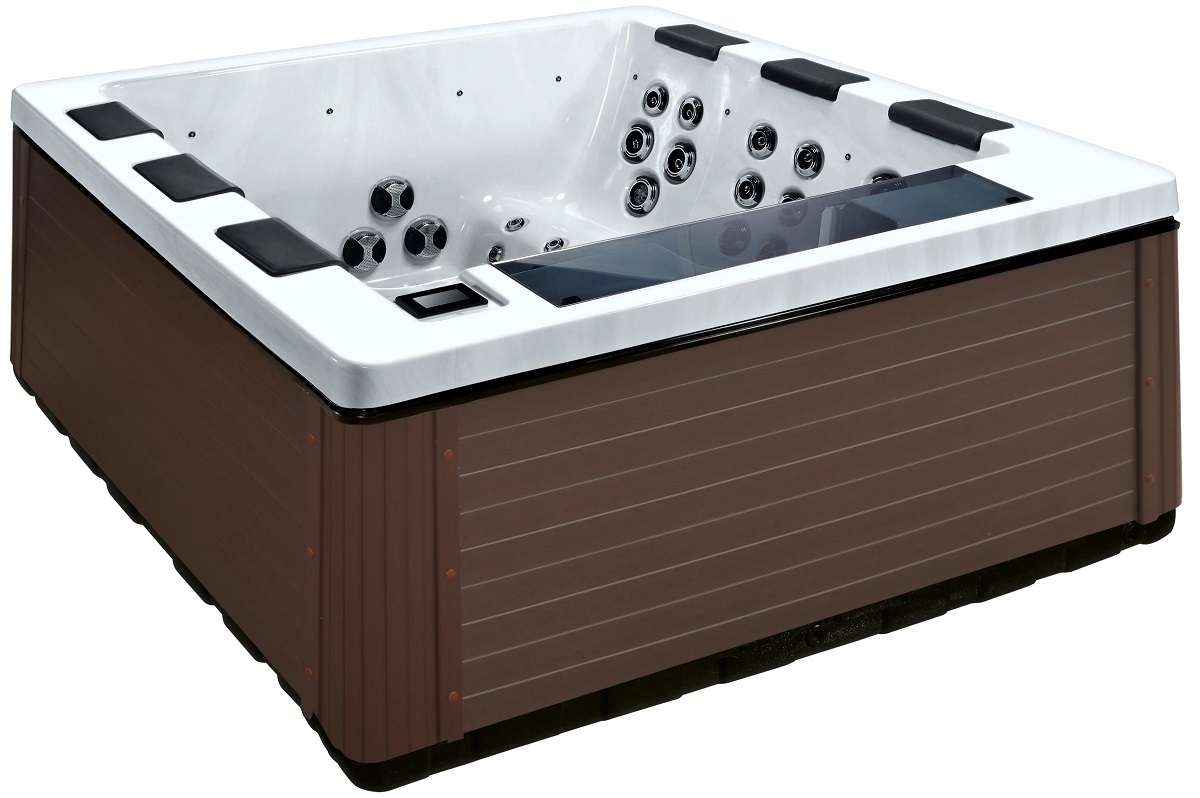
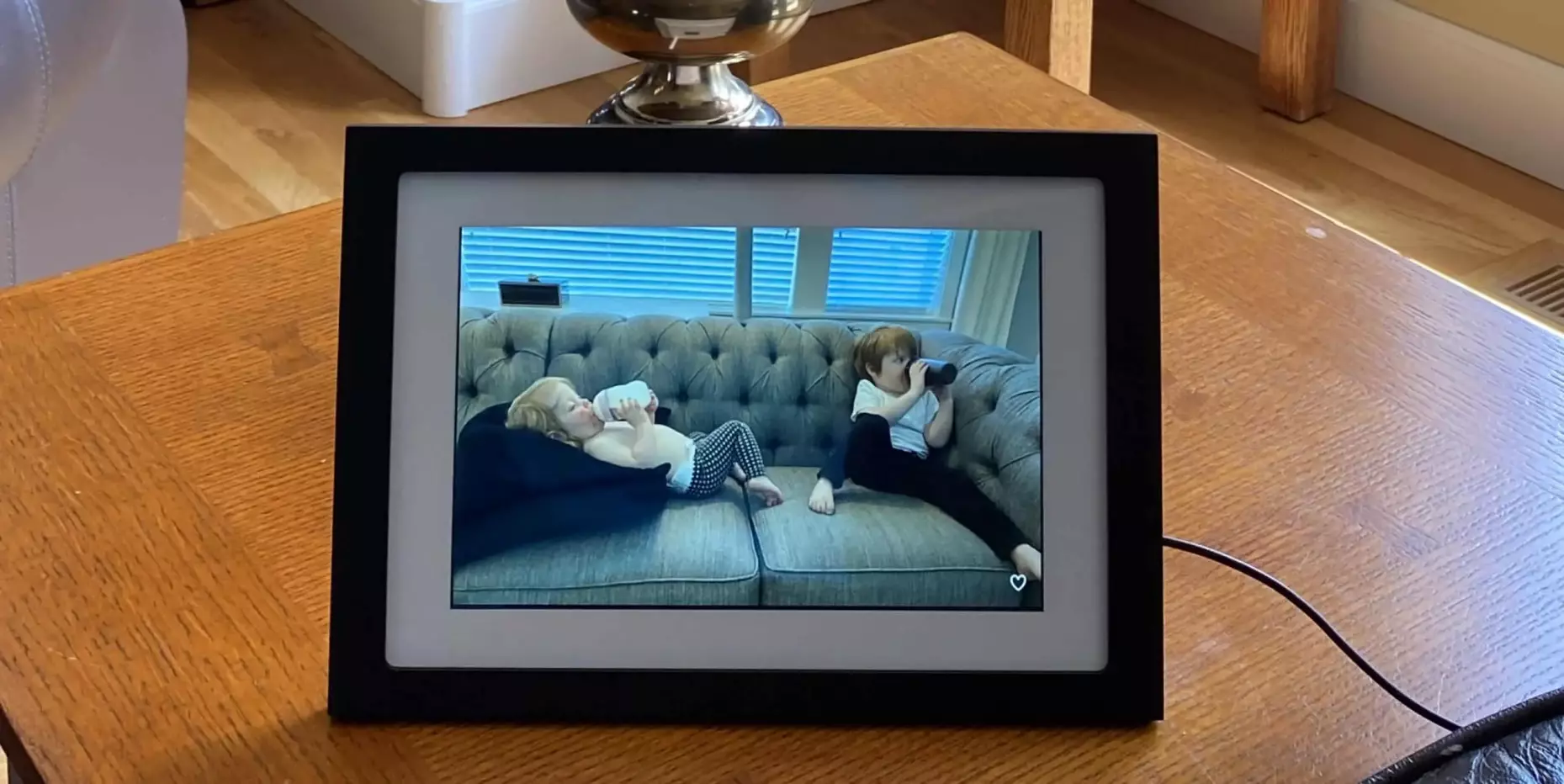


0 thoughts on “How Many Gallons Of Water Does A Normal Bathtub Hold”